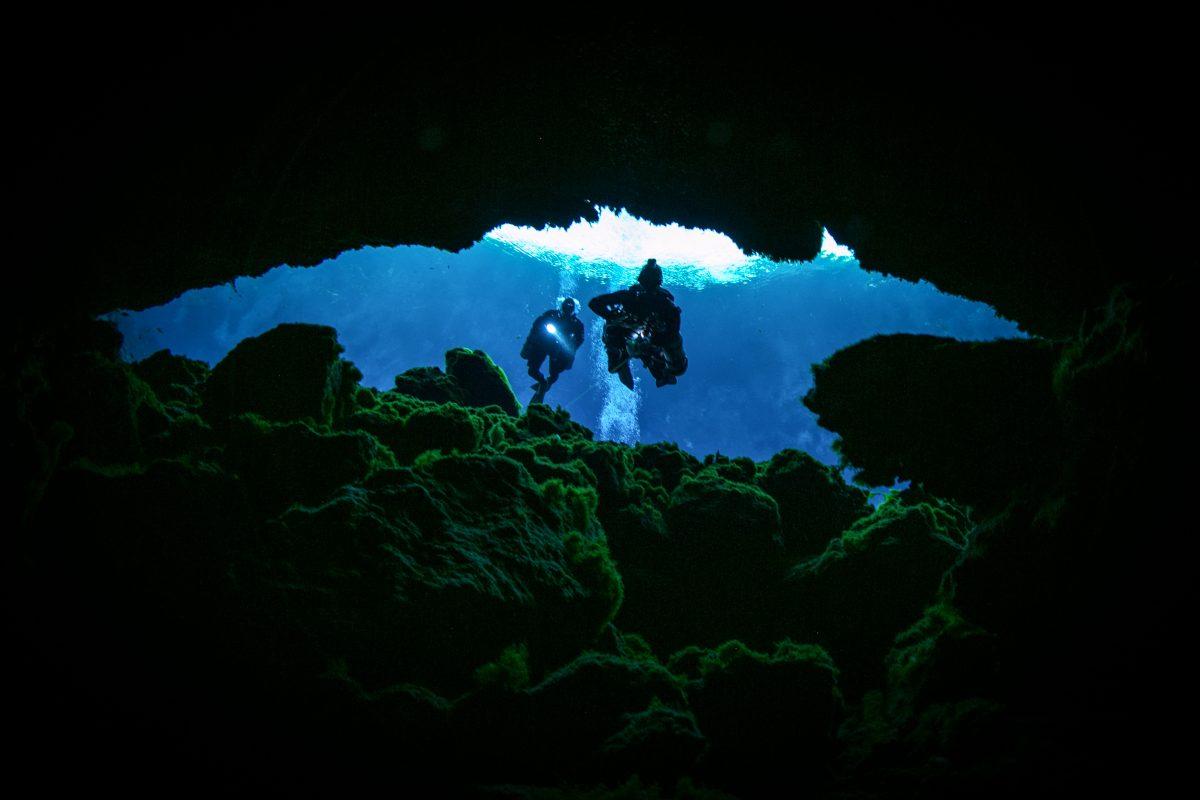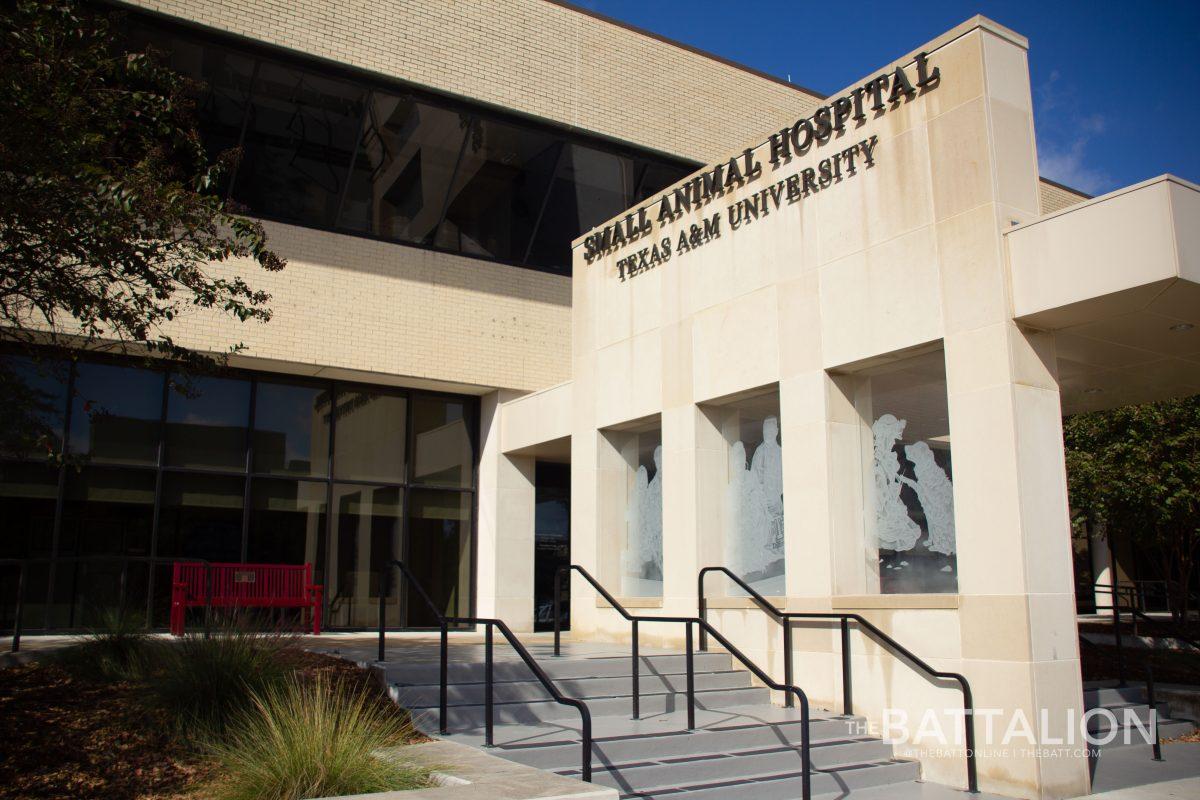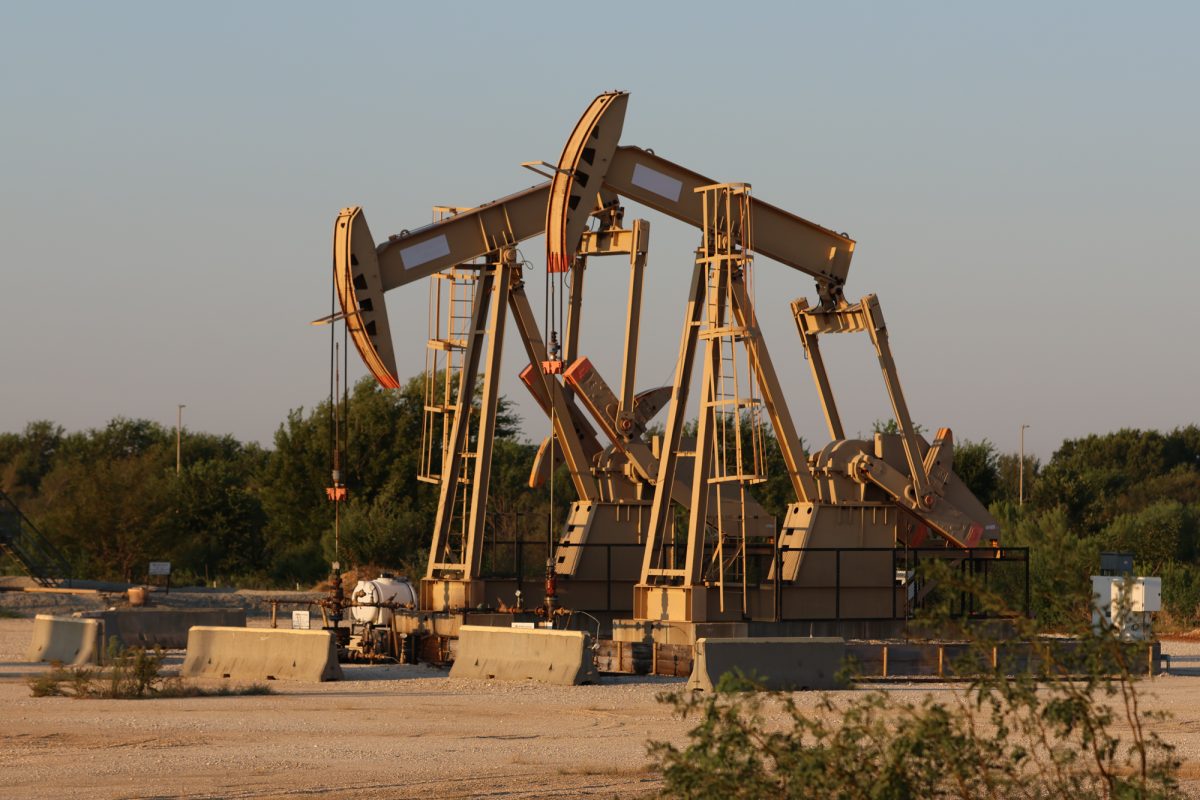Despite conventional wisdom stating the opposite, research currently being done by a Texas A&M doctoral student may show that over 12,000 years ago, humans and Columbian mammoths may have co-existed at the same time.
Morgan Smith, an A&M doctoral student in anthropology and student in the Center for the Study of the First Americans, has spent the past three years doing research and collecting material from the Guest Mammoth underwater site at the Silver River in central Florida with a grant from the Felburn Foundation in Florida.
In the early 1970s, Charles Hoffman, a professor at the University of Florida, was informed about bones found at Guest Mammoth, named after a truck driver in the area that reached out to an amateur archeologist after he found multiple bones while scuba diving. Hoffman brought a team of students with him to the site, where they conducted the first underwater archeological dive excavation in the Americas and found what is believed to be a mammoth kill site, based on stone tools and bone markings. His reports were turned away by the scientific community because dating technology would not progress enough for accurate information for another 20 years.
“He was so pioneering he was limited by the science at the time, because he got radiocarbon dates on the mammoth bones and they came out to about 11,500 years old,” Smith said. “But the problem is that he dated the protein in the animal bones.”
Until the turn of the century, the necessary technology to hyper-purify the animal bone protein was not available, which caused results to show a younger date for Hoffman. The rejections he received from the scientific community caused him to quit archeology and move to the Caribbean.
For close to 40 years, no one went back to the site. Now, Smith and his team are working with technology that will provide accu
rate information on the site. Until recently, some people thought that humans arrived in the southeast United States 13,000 years ago, but recent excavations and research are beginning to prove that there were established humans well before then.
“I started just kind of looking around for sites when I was doing my dissertation, sites that could tell me more about the people in the southeast United States,” Smith said. “In the recent years, there have been a couple of major discoveries in the southeast archaeology, where we now know that people were in the eastern U.S. really perfect, like in some cases, almost contemporary with the west.”
Now that the biases which originally held Hoffman back have been disproven, proper research with correct technology can help revisit and correctly date this site. Smith spent a few weeks in the summer and one winter over the course of two years to search for the site using tracking technologies.
“I thought it was a really interesting site and I wanted to see if we could go back there and find it again, which was a really big challenge because it was 50 years ago, and it’s in a river and there was no GPS at the time, so [Hoffman] kind of just drew a circle on a map of where it was, it was really tough to find,” Smith said. “We used a lot of remote sensing, some ground penetrating radar and these metal detectors to try and find the site.”
Using remote sensing tools such as sonar and radar, Smith is able to get a comprehensive examination of the underwater site. Additionally, Smith collects sediment cores, which are tubes of sediment layers collected on site that can be studied later as a geological time chart through radiocarbon dating.
“We look for sediments of a certain age, so if we take a core and the oldest sediment there is, like 6,000 years old and that’s on top of bedrock, then we know there’s going to be no sediment of the age we want,” Smith said. “So we’re not going to excavate there, cause what we really want to do is find stuff in place and in a datable context.”
The pH of the water and sediment depositions allow for excellent preservation for Smith’s work, but sea level rise and ocean temperature changes are likely to affect archeological sites, according to Smith. With rising temperatures, bacteria growth is one of the biggest threats to underwater archeological sites.
“That’s where all [early humans] resources were, that’s where a lot of the water was, because inland water resources were pretty scarce during this time period because it’s so dry, so the coast would have been the best spot [to live],” Smith said. “Sea level rise can damage hundreds of thousands of archaeological sites, shipwrecks and prehistoric sites, so it’s a really big deal.”
Smith also studies prehistoric sea level rise. His studies involve observing how people adapted to sea level rise and climate change during this time period.
“Following the last ice age, we had the most recent sea level transgression since recorded history,” Smith said. “It’s the best analogue for what we’re going to face as sea levels are rising today.”
Texas A&M Ph.D. candidate and team could rewrite history
September 6, 2017
Photo by Courtesy of Morgan Smith
Morgan Smith, a doctoral student at Texas A&M, researched the Guest Mammoth site in Florida for two years.
0
Donate to The Battalion
$2790
$5000
Contributed
Our Goal
Your donation will support the student journalists of Texas A&M University - College Station. Your contribution will allow us to purchase equipment and cover our annual website hosting costs, in addition to paying freelance staffers for their work, travel costs for coverage and more!
More to Discover










